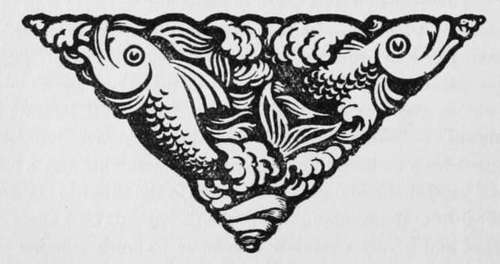Sensitising Tissue
Description
This section is from the book "The Barnet Book Of Photography", by Herts Barnet. Also available from Amazon: The Barnet Book Of Photography.
Sensitising Tissue
In order to derive the full advantage of the variety ot colour, etc., possessed by the carbon process, it is really necessary that the worker should sensitise tissue for his own use just as required.
Many small workers recognise that they are at a considerable disadvantage compared with those who print on a large scale, as using four or five different colours involves the purchase of four or five dozen pieces of tissue that must either be used very quickly or wasted.
The ordinary methods of sensitising produce tissue that is distinctly inferior in all respects to that sensitised by the addition of the bichromate in the course of manufacture, and in addition, special precautions have to be taken in drying.
The author has recently introduced a method of sensitising by means of which tissue may be prepared, whenever required, fully equal in both ease of working and in the gradation and quality of the resulting prints to freshly made sensitive tissue. In regard to drying, no special precautions need be taken beyond darkening the room ; unlike tissue sensitised in the usual manner, gas in the drying room has practically no effect at all. The sensitising bath is :—
Potassium bichromate . . . 4 dr.
Citric acid......i dr.
Water.......25 oz.
Ammonia ..... about 3 dr.
The solution should be made with hot water, and used after cooling. The quantity of ammonia given is only approximate, sufficient should be added to change the colour of the solution from deep orange to a distinct lemon yellow.
The quantity of water may be varied if desired; the weaker the bath the greater the contrast in the prints. This strength will be best for ordinary work. The solution will keep well, and may be used several times in succession.
To sensitise, take a piece of tissue and immerse it in the solution, which must be as cold as possible, face downwards, taking care to avoid air-bells on both face and back. Turn the tissue over in the solution to see that there are no air-bells in the face and again turn it face down, keeping it always well covered with solution. Always immerse tissue for a uniform time in sensitising—a minute and a half is a good standard time—and as soon as the time has elapsed lift it from the solution, lay it face downwards on a sheet of glass and gently squeegee to remove as much solution as practicable. Lift the tissue carefully from the glass, pin it to a lath by two corners, and hang it up to dry in a well ventilated room. Sensitising may be done in full daylight, but the tissue must be dried in a darkened room—not the ordinary dark room, but one in which the light would not produce the slightest effect on ordinary silver paper. It should dry in five or six hours.
Henry W. Bennett.
Tissue sensitised in this bath will be approximately equal in sensitiveness to Barnet ready sensitised tissue. The best method is to sensitise at night for using the following day; but the keeping qualities are about equal to ready sensitised tissue.
Insensitive tissue will keep indefinitely if not exposed to damp; consequently a stock of all colours required may be kept and one or more pieces sensitised to suit the requirements of the moment. By this means the small worker can avail himself of the advantages of the process as fully as those who use carbon printing largely, as by the method of sensitising given it can always be ensured that the tissue is in the best possible condition when used, however little is required.

Continue to:
Tags
paper, print, negative, exposure, lens, development, camera, focus
